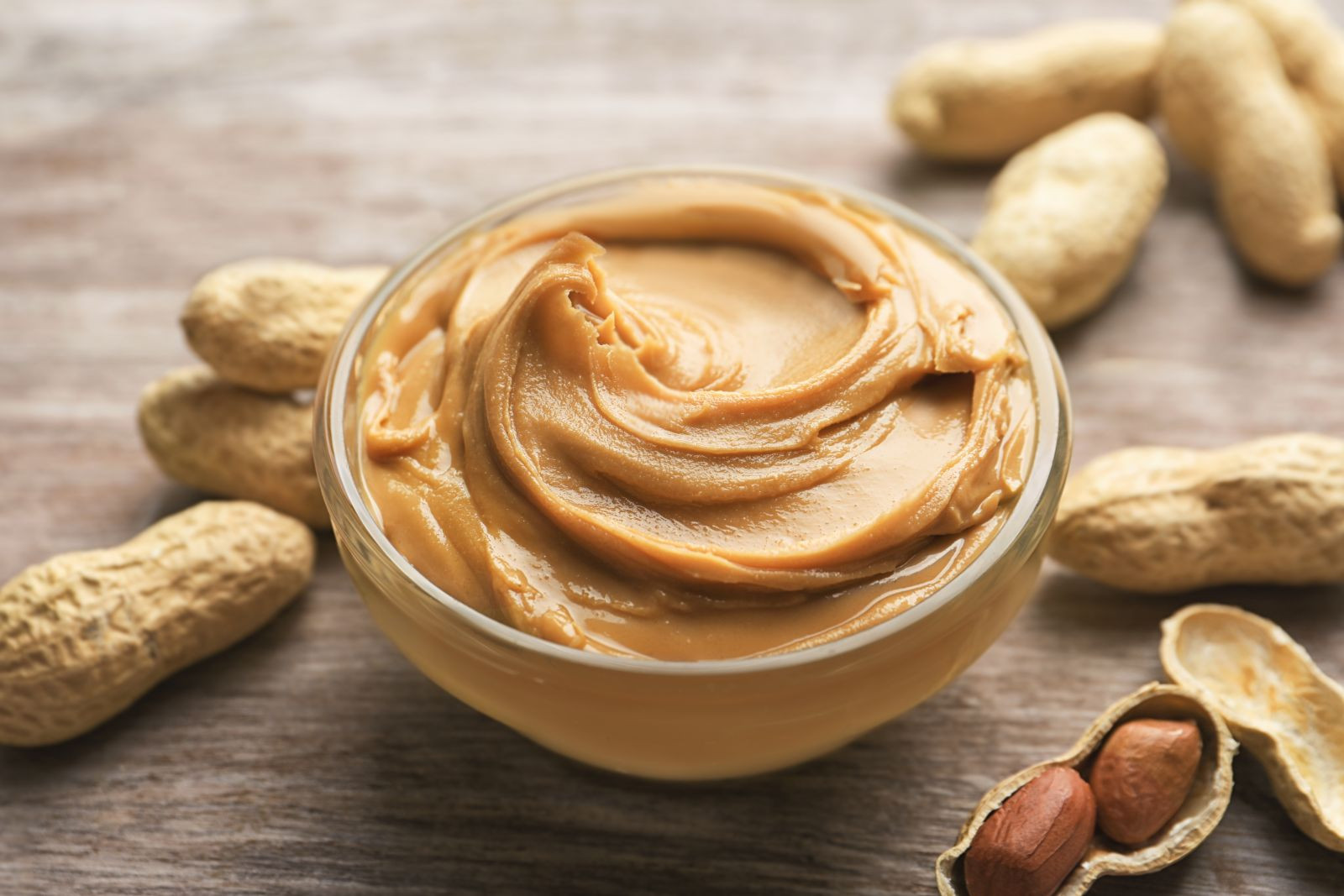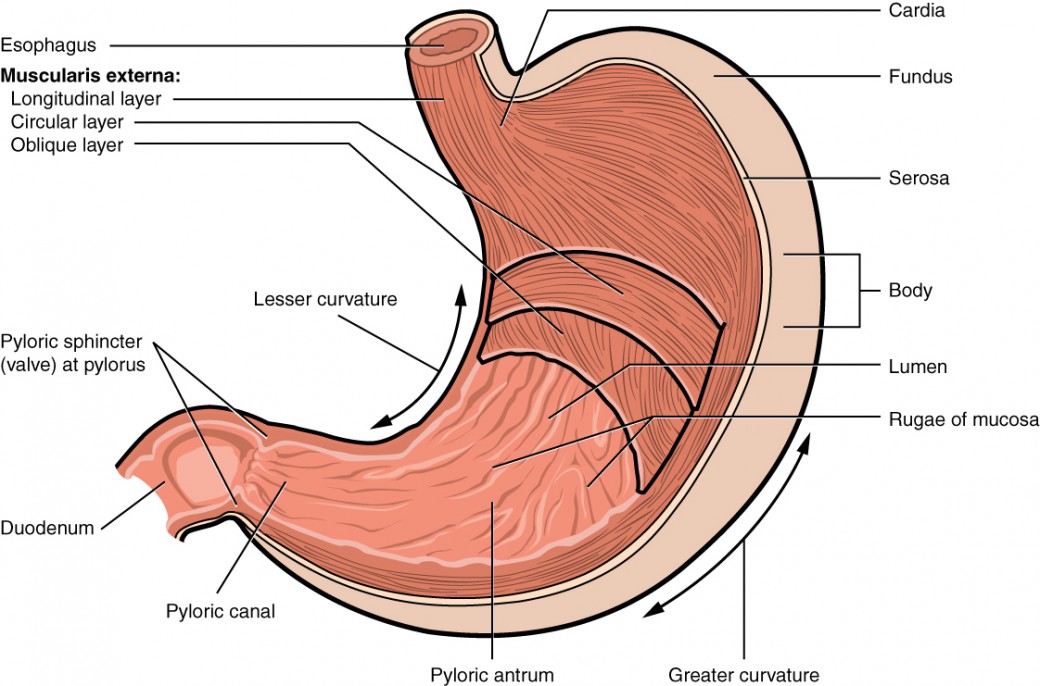Understanding Digestion Times: How Long Does It Take to Digest Peanut Butter?
Peanut butter, a beloved and versatile spread, finds its way into various snacks and dishes, from sandwiches to smoothies. But have you ever wondered how long it takes for your body to digest peanut butter fully? In this article, we'll explore the digestion process and provide insights into how long it generally takes to digest this creamy treat.
1. Introduction to Peanut Butter Digestion

Peanut Butter Digestion
Digestion is a complex process that begins in the mouth and continues through the digestive system.
It involves the breakdown of food into smaller components, allowing the body to absorb essential nutrients and energy.
2. Composition of Peanut Butter
To understand digestion times, it's essential to know the composition of peanut butter:
Fats: Peanut butter is rich in healthy fats, primarily monounsaturated and polyunsaturated fats.
Proteins: It contains a moderate amount of protein, which is crucial for muscle repair and overall body function.
Fiber: Some peanut butter varieties include dietary fiber, which aids in digestion and helps maintain a feeling of fullness.
Carbohydrates: Peanut butter contains carbohydrates, albeit in smaller quantities compared to other nutrients.
Micronutrients: It provides essential vitamins and minerals, such as vitamin E, magnesium, and potassium.
3. Digestion in the Mouth
The digestion process begins in the mouth as you chew and mix food with saliva. Saliva contains enzymes, like amylase, that start breaking down carbohydrates into simpler sugars.
In the case of peanut butter, this initial phase primarily involves breaking down carbohydrates and mixing with the fats.
4. Transit Through the Stomach

Stomach
Once swallowed, the peanut butter travels to the stomach, where it encounters gastric juices. These juices contain hydrochloric acid and pepsin, which primarily work on protein digestion.
While peanut butter is not a significant source of protein, the digestive process continues as the stomach's churning motion mixes the contents.
5. Passage to the Small Intestine
The partially digested peanut butter then moves to the small intestine, where the majority of nutrient absorption occurs.
Here, the pancreas releases digestive enzymes, including lipase, which breaks down fats further.
The small intestine's lining absorbs the nutrients, including fats, proteins, and carbohydrates, into the bloodstream.
6. Total Digestion Time
The overall time it takes for peanut butter to be fully digested can vary from person to person.
Factors such as the individual's metabolism, the specific type of peanut butter consumed (e.g., smooth or chunky, with or without added sugar), and the presence of other foods in the digestive tract can influence digestion times.
In general, though, most foods, including peanut butter, are fully digested within 24 to 72 hours. This means that after consuming peanut butter, the nutrients are gradually absorbed by the body over this time frame.
7. Feeling Fullness and Satiety
One of the advantages of peanut butter is its ability to provide a sense of fullness and satiety due to its fat and protein content.
This can help control appetite and contribute to weight management when consumed in moderation.
In conclusion, peanut butter is a nutrient-rich food with a diverse composition of fats, proteins, and carbohydrates. The digestion of peanut butter begins in the mouth, progresses through the stomach and small intestine, and can take up to 24 to 72 hours for full absorption and utilization by the body. The time it takes to digest peanut butter may vary among individuals, but its ability to provide sustained energy and promote a feeling of fullness makes it a popular and nutritious choice for many. When consumed as part of a balanced diet, peanut butter can contribute to overall health and well-being.